The Archer C9 is supplied in a large box which is decorated in a green and white livery. On the front of the box we can see a large image of the router alongside details of the headline features of the router.
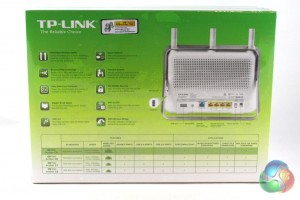
Turning the box over reveals an image of the back of the router which is used to illustrate the connectivity options. There is also a more comprehensive list of the features of the router here alongside a table which compares this model with a number of others from the TP-Link range.
Inside the box, we find a standard accessory bundle for a router. It includes the power adapter, a gigabit Ethernet cable, a driver CD, the three antennas for the router and a series of manuals and other paperwork.
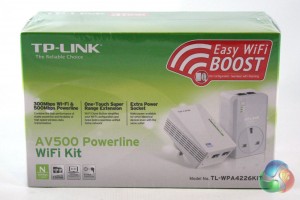
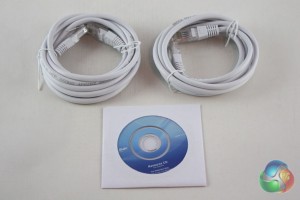
The AV500 Powerline WiFi kit is supplied in a smaller version of this box with comparable pictures and information. This kit is supplied with two further Ethernet cables, a driver CD and some documentation.
 KitGuru KitGuru.net – Tech News | Hardware News | Hardware Reviews | IOS | Mobile | Gaming | Graphics Cards
KitGuru KitGuru.net – Tech News | Hardware News | Hardware Reviews | IOS | Mobile | Gaming | Graphics Cards


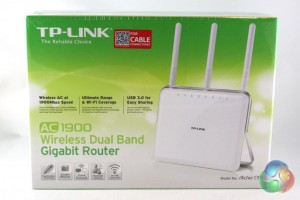
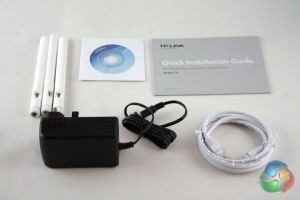
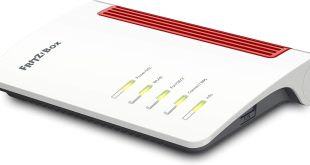
There is a comment where the author types “Tenda” instead of “TP-Link”. I believe they are completely separate companies, absolutely no connection and from all the radio-chipset tests, use completely different components. TP-Link is earning a great reputation while Tenda has earned an opposite one.
I don’t criticise the Mounting Orientation limitation. Just about every router is meant to be mounted one way OR another way. This can be laid on its side, after all. AND the stand (or frame) can be clamped sturdily to any other object for any multitude of mounting orientations.
What you SHOULD criticise is the antennas are NOT moveable. They are screwed into the frame then into the case (like most swivel antennas) but the frame locks them into one and only one orientation. It’s not the router that is the problem – it’s the lack of swivelable-moveable antennas, and more and more studies show it’s the antenna orientation that is THE problem or THE solution for better signals.
Not this “vertical only” mounting complaint.
Also, your comments about powerline adapters make them sound like Be-All / End-All solutions. They’re NOT. With most dwellings’ wiring configurations, they work in some rooms, but not others because of circuit breakers, wiring construction faults or whatever. Fortunately, the setup is indeed very easy – “two buttons and they work.” Or rather, they may not work. But this too is rather a luxury – Powerline Adapters have that rather wonderful feature – they work out of the box, or they don’t! There’s no settings to adjust, only locations inside a dwelling to test. They’ll either work after a few minutes of sync’ing attempts, or they never will; and then move them to a different power-outlet and try again with the “two button” setup. Very quick, compared to most other networking products! Buy locally, and it’s much easier to return them IF they don’t work.
◔◔◔◔Make over 13k/M0NTH@af30:
Going
Here you Can
Find Out
►►► http://WorkOnlineMedias.com/profitable/2015…